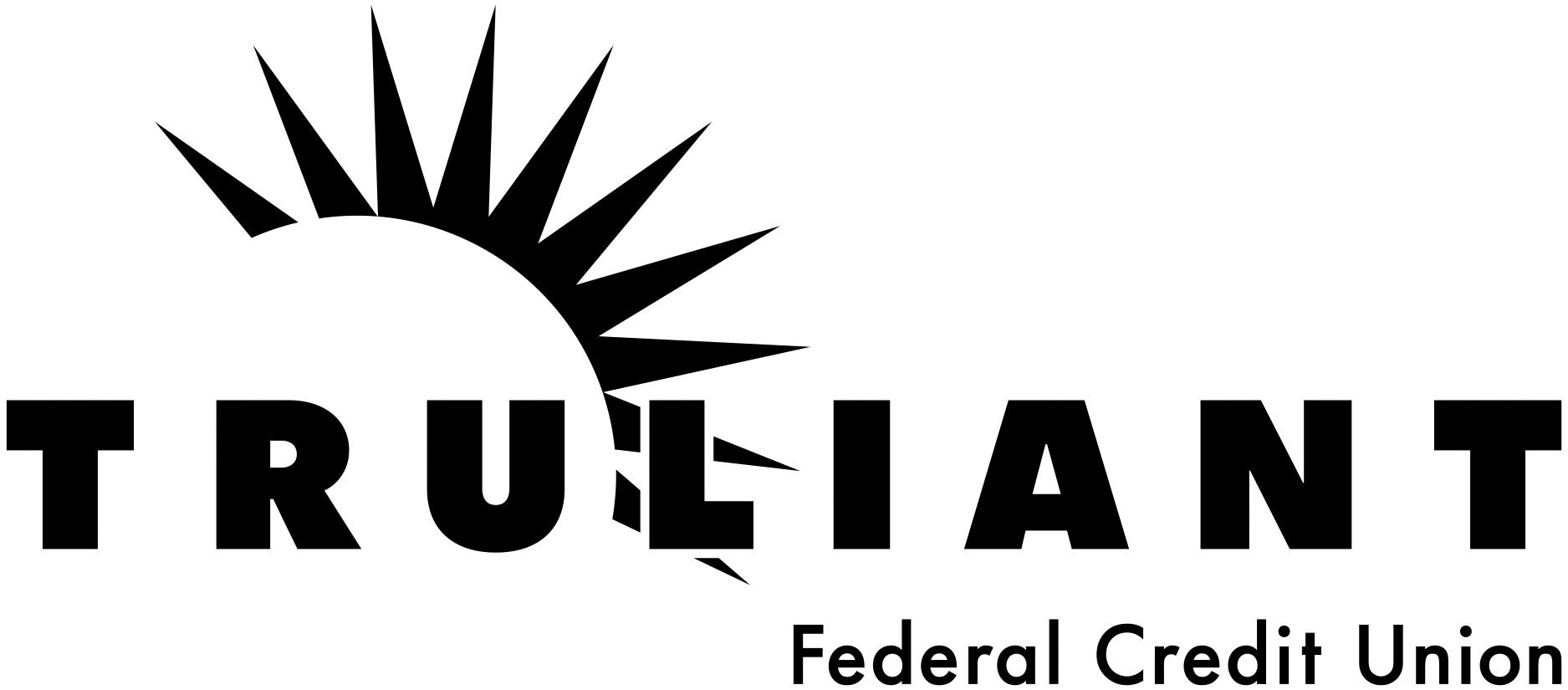Cryptocurrency Scams

The introduction of cryptocurrency has revolutionized the financial world, opening up exciting avenues for investment and facilitating smooth transactions. However, this rapidly expanding market has also attracted various scams that target seasoned and new investors.
Common Types of Cryptocurrency Scams
Common Types of Cryptocurrency Scams
- Ponzi schemes are often enticing, promising high returns with minimal risk. They rely on new investors’ contributions to pay off earlier investors, but they inevitably collapse once it becomes impossible to attract enough new participants.
- Phishing scams are alarmingly common and typically involve fraudsters masquerading as trustworthy entities to steal sensitive information. This can happen via fake websites or deceptive emails. A frequent tactic involves scammers sending emails that look like they come from legitimate cryptocurrency exchanges, urging users to click a link to "verify" their account details.
- Fake Initial Coin Offerings (ICOs) can be an exciting way for companies to raise funds by selling tokens before launching products. Unfortunately, scammers may create bogus ICOs to swindle investors, only to vanish with the money.
- Pump and Dump schemes are when scammers inflate the price of a low-volume cryptocurrency through misleading claims, often spread on social media. Once they’ve driven the price up, they sell off their holdings for profit, leaving unsuspecting investors stranded with worthless assets.
- Ransomware is a growing menace. Cybercriminals lock down computer systems and demand payment in cryptocurrency to restore access.
- Counterfeit Wallets and Exchanges are when scammers create fake cryptocurrency wallets or exchanges, trick users into downloading malicious software, or deposit funds they cannot recover.
- Conduct Comprehensive Research: Before investing in any cryptocurrency project, take the time to explore the team behind it, the technology involved, and the initiative's purpose. Scrutinize whitepapers that clearly outline the project's objectives and verify this information across multiple reputable sources.
- Verify Website Authenticity: Always check URLs before sharing any personal information. Be cautious with links received via email or social media. A secure connection is indicated by "https" in the URL.
- Maintain Skepticism Regarding Unsolicited Offers: Be wary of offers that seem too good to be true. Be watchful of unsolicited communications that promise guaranteed returns or insider tips—these are often red flags.
- Utilize Reputable Platforms: Engage exclusively with well-established exchanges and wallets with strong security measures. Researching their reputation and reading user reviews can help you choose reliable platforms with proven security records.
- Implement Two-Factor Authentication (2FA): Enabling 2FA on your cryptocurrency accounts adds an essential layer of security, complicating efforts for scammers attempting unauthorized access. It’s a simple yet powerful way to protect your assets.
- Stay Informed: The cryptocurrency landscape and the scams that come with it are ever-changing. Stay updated on the latest fraudulent schemes and industry trends by participating in cryptocurrency communities and following relevant news sources. This will enhance your awareness and understanding.




